The tulips in Yanqing District, suburban Beijing, are in full bloom, creating a vibrant a richly textured floral "carpet." Check out the gallery below for a visual tour in the tulip garden:
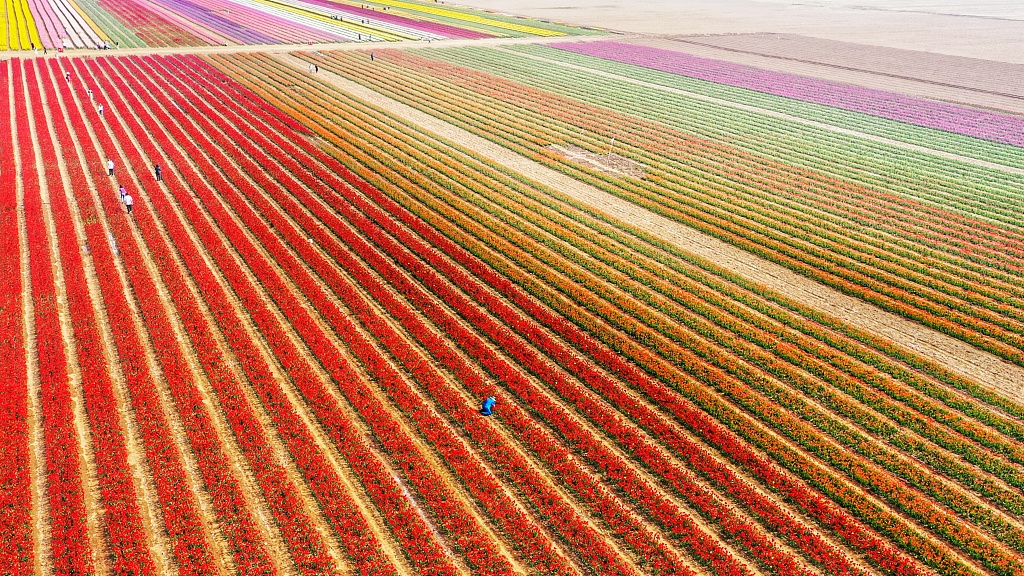
Colorful tulip fields in suburban Beijing, May 2, 2020. /VCG
Colorful tulip fields in suburban Beijing, May 2, 2020. /VCG
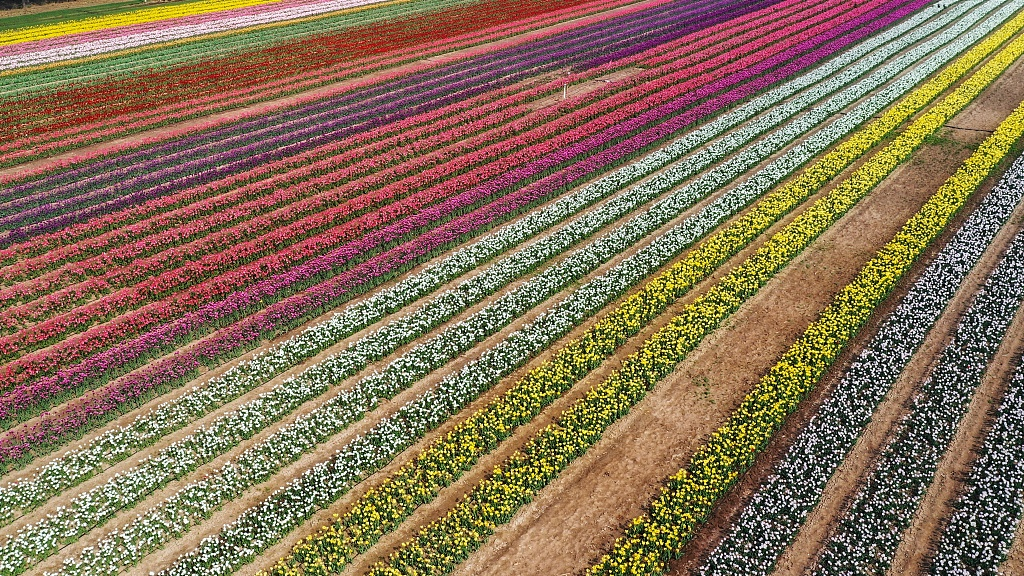
Colorful tulip fields in suburban Beijing, May 2, 2020. /VCG
Colorful tulip fields in suburban Beijing, May 2, 2020. /VCG
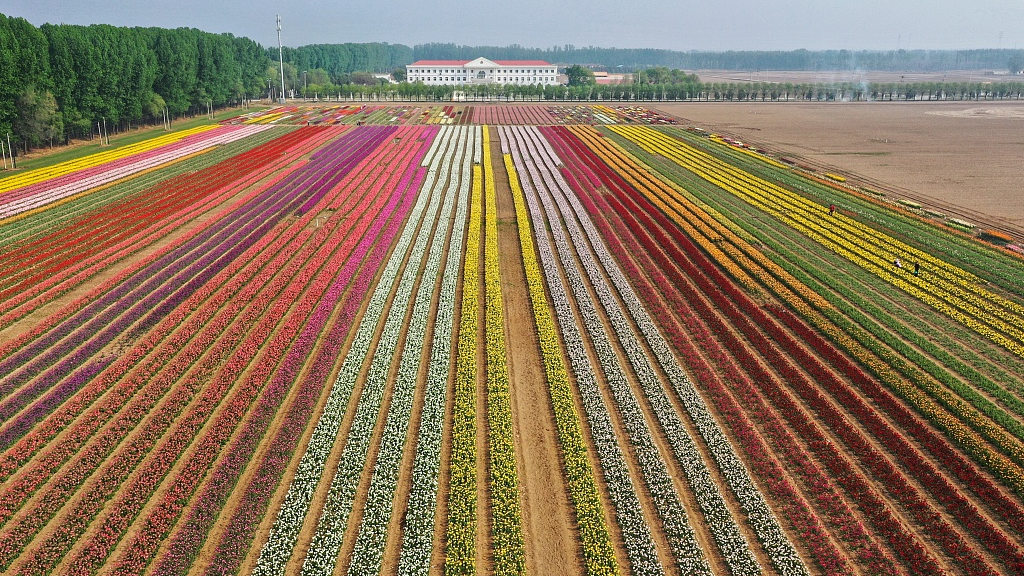
Colorful tulip fields in suburban Beijing, May 2, 2020. /VCG
Colorful tulip fields in suburban Beijing, May 2, 2020. /VCG
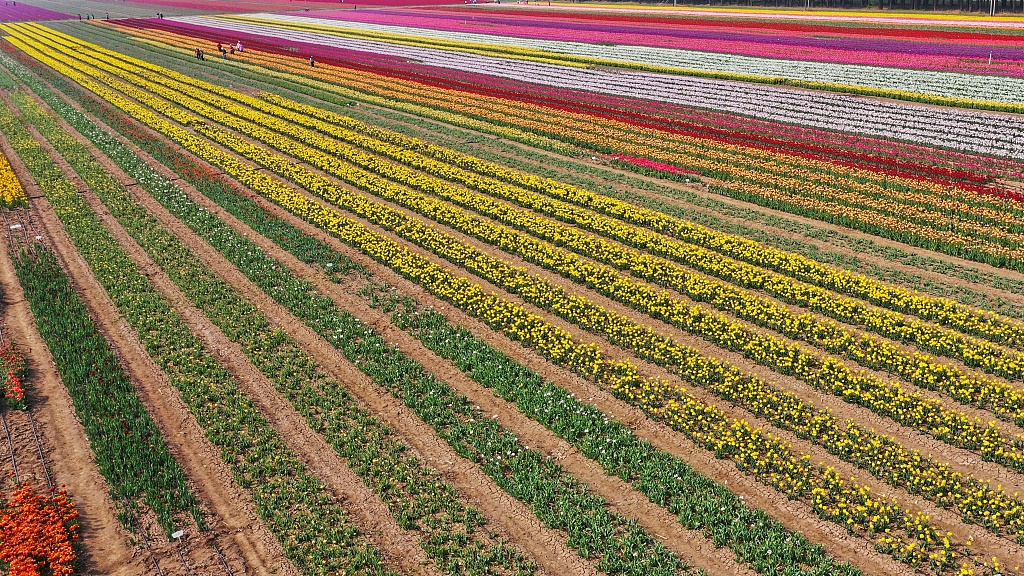
Colorful tulip fields in suburban Beijing, May 2, 2020. /VCG
Colorful tulip fields in suburban Beijing, May 2, 2020. /VCG
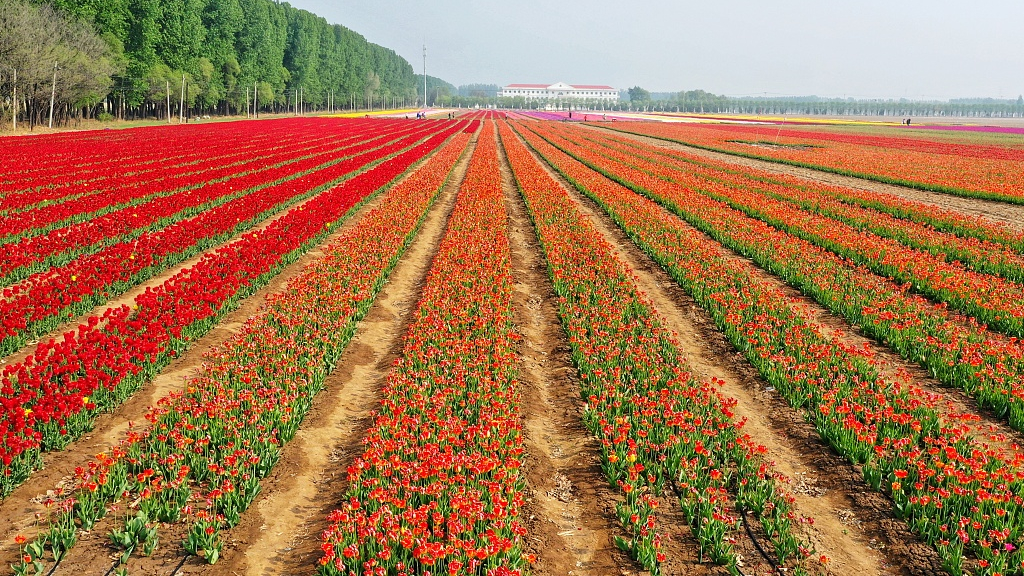
Colorful tulip fields in suburban Beijing, May 2, 2020. /VCG
Colorful tulip fields in suburban Beijing, May 2, 2020. /VCG
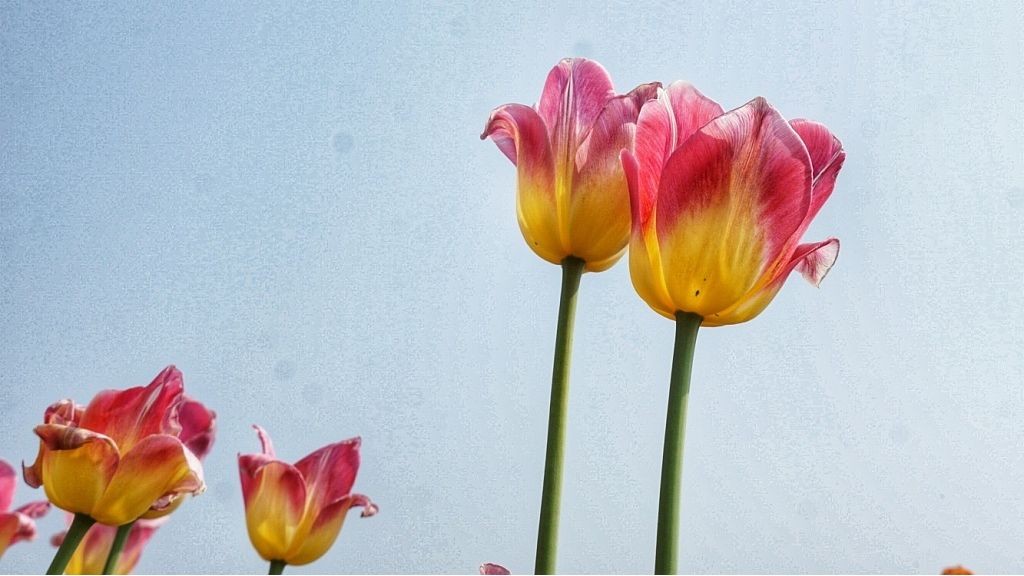
Colorful tulips in suburban Beijing, May 2, 2020. /VCG
Colorful tulips in suburban Beijing, May 2, 2020. /VCG
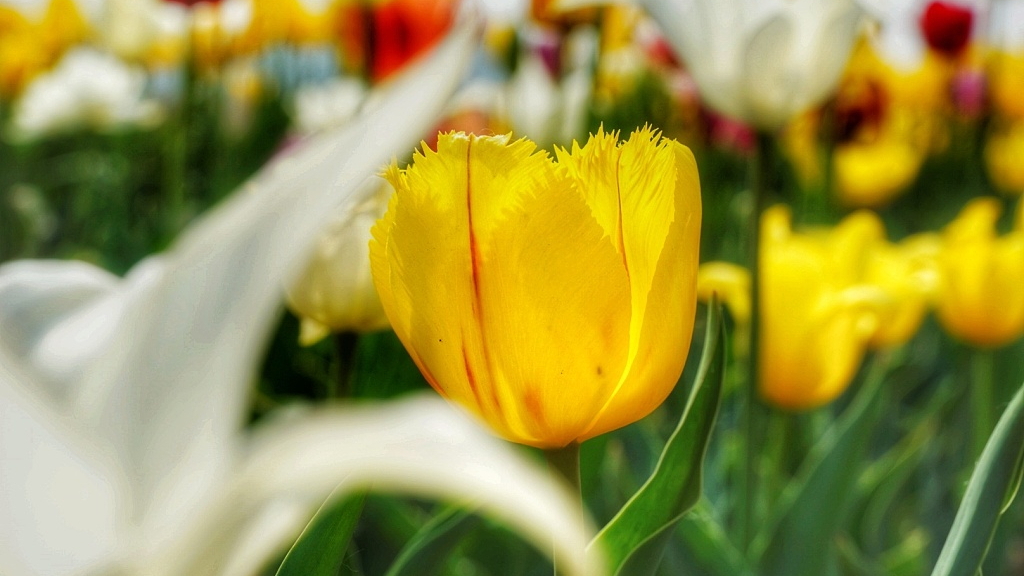
Colorful tulips in suburban Beijing, May 2, 2020. /VCG
Colorful tulips in suburban Beijing, May 2, 2020. /VCG
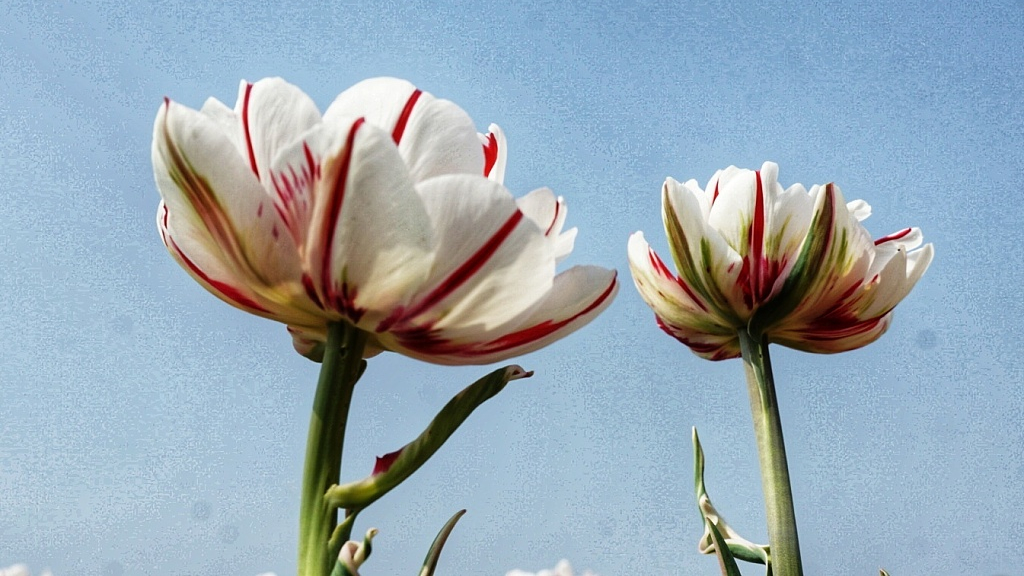
Colorful tulips in suburban Beijing, May 2, 2020. /VCG
Colorful tulips in suburban Beijing, May 2, 2020. /VCG
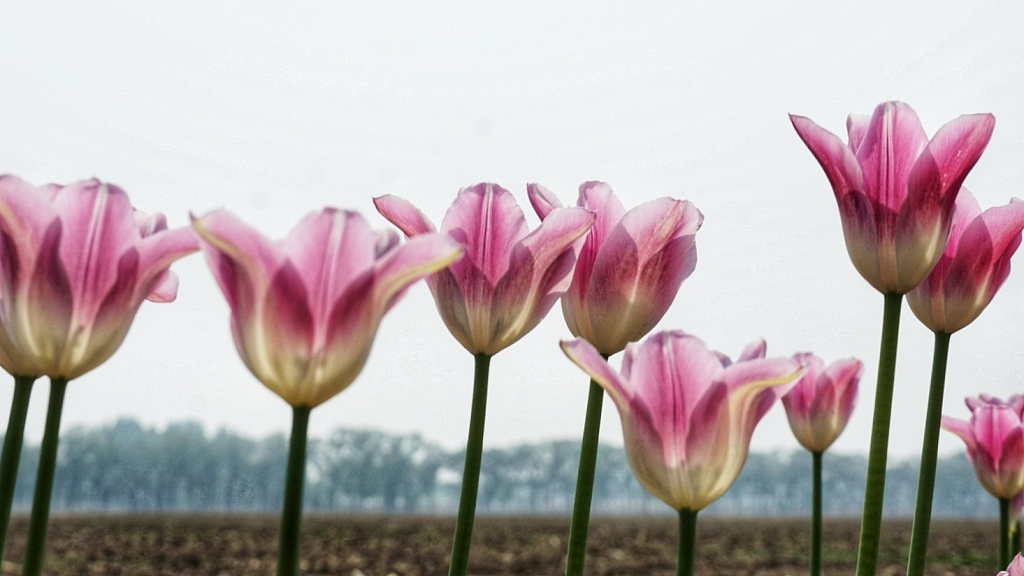
Colorful tulips in suburban Beijing, May 2, 2020. /VCG
Colorful tulips in suburban Beijing, May 2, 2020. /VCG
Although the Netherlands is most well-known for cultivating and exporting tulips, the flower did not originate in that country. Tulips grew wild in the Tian Shan Mountains and were cultivated in Istanbul in 1055. In the 15th century, tulips were among the most prized flowers. While tulips had probably been cultivated in Persia from the 10th century, they did not come to the attention of the West until the sixteenth century. They were rapidly introduced into Europe and became a frenzied commodity during Tulip mania. Tulips were frequently depicted in Dutch Golden Age paintings and have become associated with the Netherlands, the major producer for world markets, ever since.
(Cover image via VCG)
(If you want to contribute and have specific expertise, please contact us at nature@cgtn.com.)